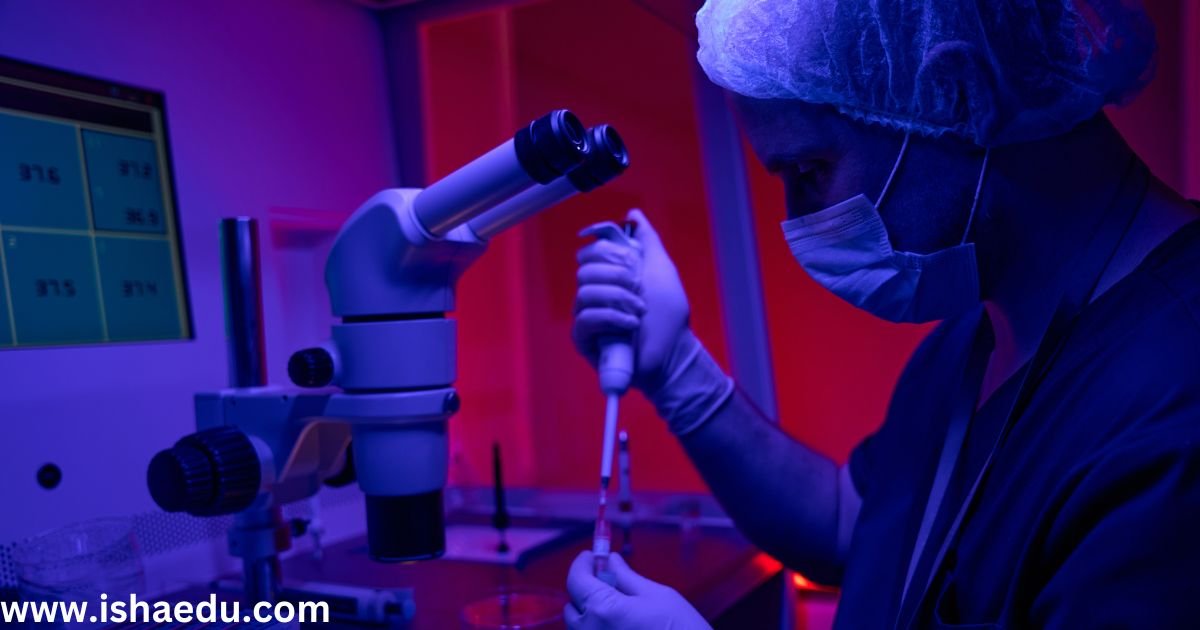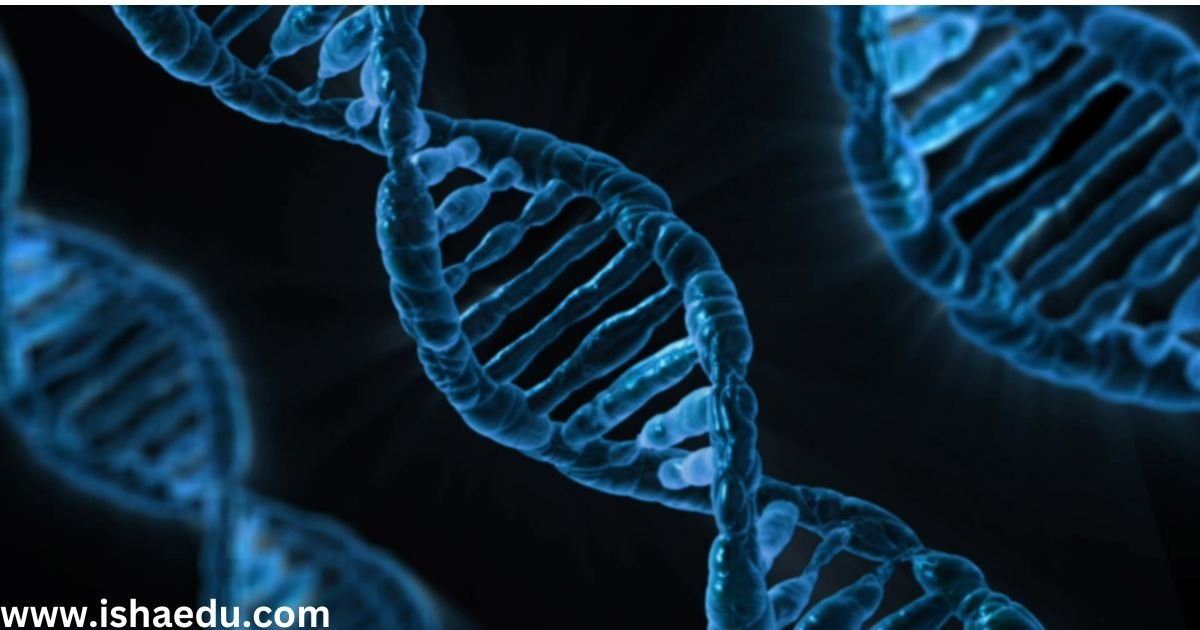Decoding The Blueprint Of Life: DNA, Scientists, And The Wonders Of Genetics

Decoding The Blueprint Of Life: DNA, Scientists, And The Wonders Of Genetics
Envision a minuscule guidebook housing the enigmas of life itself. That’s the role DNA, or deoxyribonucleic acid, plays for every living organism on our planet. This extraordinary molecule, elegantly twisted into a double helix, harbors the genetic blueprint dictating traits from eye color to susceptibility to certain ailments.

Unraveling the Enigma of Heredity
Throughout centuries, humanity marveled at the captivating spectacle of heredity, the transmission of traits from parents to offspring. However, it wasn’t until the mid-20th century that scientists such as James Watson and Francis Crick unraveled the intricate structure of DNA, ushering in a new epoch in biological comprehension.
The Code of Life: Genes and Genomes
DNA comprises units known as genes, akin to chapters in a manual. Each gene contains specific instructions for constructing proteins, the pivotal agents executing vital functions in our cells. The entire set of genes in an organism constitutes its genome, resembling a unique library housing all information necessary for the creation and maintenance of that organism.
From Legumes to Human Beings: Genetics at Play
The foundational principles of genetics, initially observed by Gregor Mendel in his pea plant experiments, have extensive applications. Genetic analysis is instrumental in:
- Understanding and addressing genetic disorders
- Pioneering novel medical therapies and drugs
- Tracing the evolution of diverse species
- Enhancing crops
- Assisting in forensic inquiries
The Genetic Tomorrow: A Realm of Opportunities
The realm of genetics is in perpetual evolution, witnessing constant revelations and advancements. Some intriguing realms of study include:
- Gene-editing technologies like CRISPR, enable precise modification of genes
- Personalized medicine, tailoring treatments to an individual’s distinct genetic composition
- Synthetic biology, engineering innovative biological systems
As we persist in unveiling the enigmas of DNA, the prospects for comprehending and manipulating life’s schematic appear boundless. The future of genetics holds the promise of a revolution, impacting realms from healthcare to food production, and deepening our understanding of both ourselves and the surrounding world.

FAQs
What is the blueprint of life DNA?
DNA, the molecule that carries genetic information, is commonly referred to as “life’s blueprint.” It’s like a coded recipe book within each cell, instructing your body on how to create and function. Each segment (gene) contains instructions for producing a particular protein, small workers with critical functions. DNA governs everything, from hair color to organ function.
What is the genetic blueprint?
The “genetic blueprint” is essentially DNA, the code that constructs and operates your body. Consider it a collection of instructions handed down from your parents that make you unique! This code instructs your body on how to produce many things, such as your hair, and eyes, and even how your organs function.
Who discovered the blueprint of DNA?
In 1953, James Watson and Francis Crick discovered the double helix structure of DNA.. Their work was based on the research of others, including Rosalind Franklin and Maurice Wilkins. While Watson and Crick are credited with making the ultimate breakthrough, many others contributed to our knowledge of DNA.
What is the textbook or blueprint of life that carries all the genetic information of an organism?
DNA is like a complete instruction manual for developing and operating your body. Each cell has microscopic structures called chromosomes, which house DNA like chapters in a book. These chapters, known as genes, provide the instructions for producing proteins, which are little workers that perform a variety of critical functions. So DNA is essentially the “master recipe book” for everything that makes you uniquely you!
Where is the genetic blueprint?
Almost every single cell in your body has your genetic blueprint, which is stored in the nucleus as small instruction manuals known as chromosomes. These chromosomes contain DNA, the coding that teaches your body how to develop and operate itself.
Who is known as the father of genetics?
Gregor Mendel is widely referred to as the “father of genetics” due to his pioneering work in the 1800s. He employed pea plants to investigate how features are handed down from parents to offspring, laying the groundwork for our current knowledge of DNA and heredity.
What are the 4 bases of DNA?
DNA has four distinct kinds of nitrogenous bases:
- Adenine (A)
- Thymine (T)
- Guanine (G)
- Cytosine (C)
The fascinating aspect lies in how these bases pair up: Adenine always pairs with thymine, and guanine always pairs with cytosine. These pairs, linked by hydrogen bonds, form the iconic “rungs” of the DNA double helix. The specific sequence of these base pairs is what determines the genetic code of an organism and ultimately influences its traits and functions.
Can we decode DNA?
DNA, the molecule that contains the instructions for making and operating all living things, is like a hidden code waiting to be deciphered. Scientists employ a method known as DNA sequencing to interpret this code, revealing a treasure mine of information about:
- Traits: What distinguishes you, such as your eye color, hair type, and even some of your personality characteristics?
- Health: How to detect and treat certain illnesses, as well as your risk of developing them.
- History: The relationships between various species and the evolution of life across time.

Join Us :
Click Here To Get Technology And Entertainment Notification:




